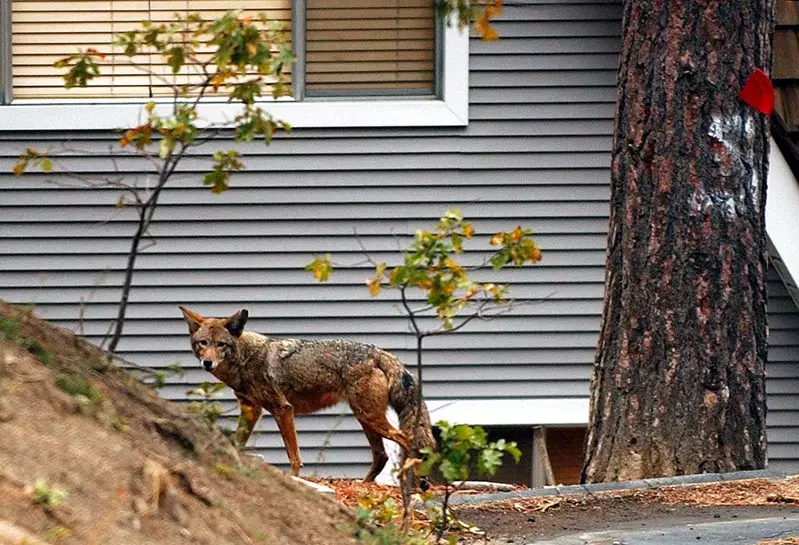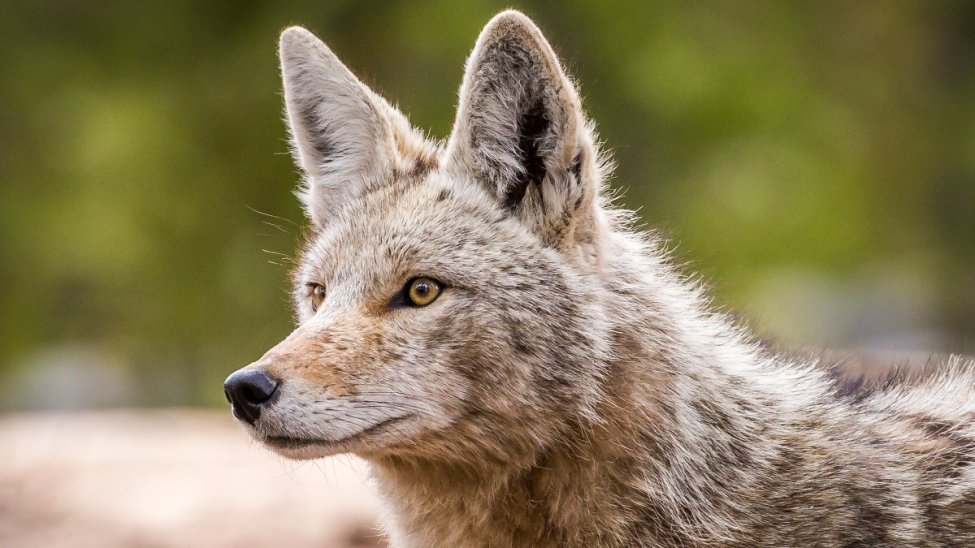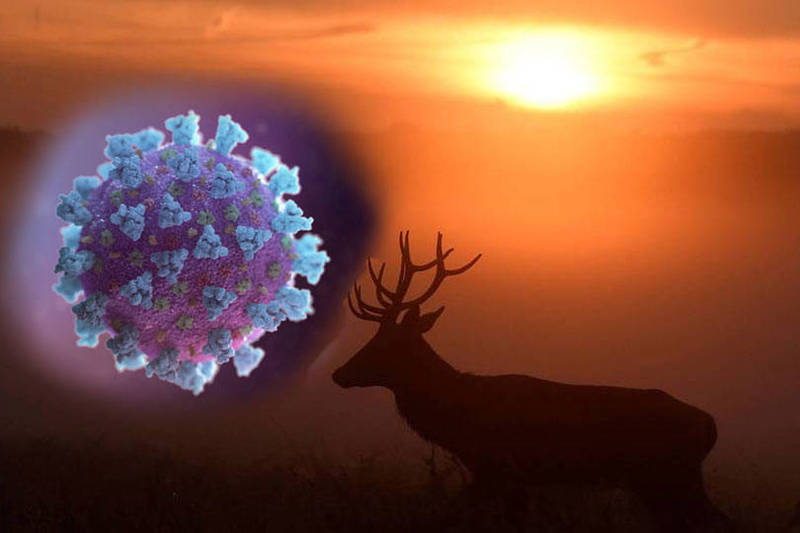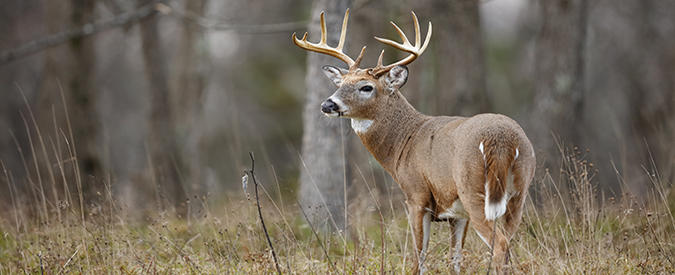硅谷圣市土狼出没 市府发安全警告
世界新闻网
12/25/2021

圣他克拉拉市表示,最近在北圣他克拉拉的Ulistac自然区、Guadalupe和Calabazas溪沿岸以及该市在Tasman的封闭式高尔夫球场,都出现了土狼的踪迹。
Jan 16, 2020
Coyotes live all around us, even if we don’t see them. They use greenbelts and back alleys as corridors to move about our neighborhoods. If you see a coyote, don’t be alarmed! Here are some strategies if you are dealing with nuisance coyotes in your area. Make sure to keep food and pets indoors, and make loud noises and throw objects if coyotes are getting too close for comfort.
市政府官员希望公众能了解如何与地区野生动物交互,以及尊重它们,并在游览当地公园和空地时保证安全。在2021年的最后一次市政厅新闻发布中,市政府官员说,他们想提醒人们,土狼袭击人的情况非常罕见,它们大多在夜间、黎明和黄昏时分活动,但在白天看到土狼并不罕见。
他们还提醒人们不要喂养土狼;若有人遭遇土狼,不应该转身或逃跑,而应该积极地大喊,响声越大越好;面对动物,慢慢后退,并将宠物拴在六英尺长的绳子上,不要弯腰捡东西。
人们也可以通过拨打电话(408)918-4770,或电子邮件(vectorinfo@sccgov.org),或通过Vector.sccgov.org/coyote 在线向圣他克拉拉县病媒控制中心报告野狼的攻击性行为。

Santa Clara City Officials Offer Safety Warnings After Coyote Sightings
By Bay City News
12/25/2021

The city of Santa Clara says there have been recent coyote sightings in North Santa Clara at Ulistac Natural Area, along Guadalupe and Calabazas Creek and the city’s closed golf course on Tasman.
City officials want the public to understand how to interact and respect area wildlife, as well as remain safe when visiting local parks and open spaces. In its last City Hall News release of 2021, city officials said they want to remind people that coyote attacks on people are very rare. Coyotes are mostly active at night, dawn and dusk but it is not unusual to see them during the day.
They also remind people not to feed coyotes. If someone encounters a coyote, they shouldn’t turn their back or run, and should instead yell aggressively and be as big as possible. Face the animal and back away slowly, and keep pets on a six-foot leash and don’t bend down to pick anything up.
People can report aggressive coyote behavior to Santa Clara County Vector Control online at Vector.sccgov.org/coyote, by phone at (408) 918-4770, or by email at vectorinfo@sccgov.org.
美国野鹿大规模染新冠!专家忧变种后再传回人类
文章来源: 综合新闻
11/05/2021

爱荷华州的野生鹿群出现大规模的新冠肺炎(COVID-19)感染,专家担心病毒在野鹿身上变种,再传回给人类。(路透,本报合成)
美国一项研究发现,爱荷华州的野生鹿群出现大规模新冠肺炎(OVID-19)感染,将近3分之1的检测样本都证实染疫。研究团队指出,野鹿可能成为新冠肺炎的宿主,更担忧病毒会在野鹿等野生动物体内变种,再重新传染给人类。
综合外媒报导,这项研究由宾州大学、爱荷华州自然资源部门与爱荷华州大学进行。研究人员自去年4月到今年1月以来,收集了被猎人射杀、车辆撞死等野鹿的淋巴结样本。
研究发现,其中33%的鹿感染新冠肺炎。去年疫情恶化的时候,鹿群的感染状况也有扩散迹象。据去年研究指出,去年11月23日至今年1月10日期间,97隻鹿的样本中,有83%感染新冠肺炎。
研究人员担心病毒会持续在爱荷华州的野生动物中扩散,鹿也有可能成为动物宿主。若是病毒在鹿等新宿主之间传播发生变种,将会成为传染源,也可能将新变种病毒传给人类。
Nov 3, 2021
研究团队呼吁科学界应尽快找出积极有效的应对方式,更深入了解新冠肺炎病毒是如何在野生动物中进化,同时加强监察野生动物,找出潜在的动物宿主。
全球首起野生鹿确诊冠病
文 / 潘万莉
8/28/2021

(早报讯)美国农业部周五证实,在俄亥俄州验出全球首起鹿只确诊冠病的病例,目前尚不清楚染疫的野生白尾鹿如何接触到病毒。
此前,美国农业部曾通报过猫、狗、貂、老虎、狮子、雪豹、水獭、大猩猩等动物感染冠病,但大多数的案例都曾和染疫民众密切接触过。
美国农业部发言人柯尔表示,他们不知道确诊的鹿只为何会接触到病毒,但有可能是透过人类、环境、其他物种才被传染的。
据了解,俄亥俄州立大学兽医学院从今年1月至3月,从州内鹿只身上采集样本,并在学校内初步测出冠病阳性,后来送往美国农业部的国家兽医实验室展开进一步判定,最终确诊为冠病。
事实上,美国农业部上个月就曾指出,在伊利诺伊州、密歇根州、纽约州和宾夕法尼亚州白尾鹿种群的血清样本中,发现存在冠病抗体,但直到现在俄亥俄州的个案才证实鹿只染疫。
Confirmation of COVID-19 in Deer in Ohio
USDA
8/27/2021

Washington, D.C., August 27, 2021 — The United States Department of Agriculture’s (USDA) National Veterinary Services Laboratories (NVSL) today announced confirmation of SARS-CoV-2 (the virus that causes COVID-19) in wild white-tailed deer in Ohio. These are the first deer confirmed with the SARS-CoV-2 virus worldwide, although earlier studies have shown both that deer can be experimentally infected with the virus and that some wild deer had antibodies to the virus.
Samples from the deer were collected between January and March 2021 by The Ohio State University College of Veterinary Medicine as part of ongoing deer damage management activities. There were no reports of any deer showing clinical signs of infection.
Samples from the deer tested presumptive positive at The Ohio State University College of Veterinary Medicine and the cases were confirmed at NVSL. NVSL serves as an international reference laboratory and provides expertise and guidance on diagnostic techniques, as well as confirmatory testing for foreign and emerging animal diseases. Such testing is required for certain animal diseases in the United States in order to comply with national and international reporting procedures. The World Organisation for Animal Health (OIE) considers SARS-CoV-2 an emerging disease, and therefore USDA must report confirmed U.S. animal infections to the OIE.
SARS-CoV-2 infections have been reported in a small number of animal species worldwide, mostly in animals that had close contact with a person with COVID-19. At this time, routine testing of animals is not recommended. State, Tribal, local and territorial animal health and public health officials will work with USDA and the U.S. Centers for Disease Control and Prevention to make determinations about whether animals should be tested for SARS-CoV-2, using a One Health approach.
USDA will announce cases of confirmed SARS-CoV-2 in animals each time the virus is found in a new species. Confirmed cases in animals are posted at https://www.aphis.usda.gov/aphis/ourfocus/animalhealth/sa_one_health/sars-cov-2-animals-us.
While additional animals may test positive as infections continue in people, it is important to note that performing this animal testing does not reduce the availability of tests for humans.
We are still learning about SARS-CoV-2 in animals. Based on the information available, the risk of animals spreading the virus to people is considered to be low.
People with COVID-19 can spread the virus to animals during close contact. It is important for people with suspected or confirmed COVID-19 to avoid contact with pets and other animals to protect them from possible infection.
For more information on how to prevent the spread of COVID-19 between people and wildlife, visit https://www.cdc.gov/healthypets/covid-19/wildlife.html
For more information about COVID-19 and animals and recommendations for pet owners and people who work around animals, visit https://www.cdc.gov/coronavirus/2019-ncov/animals/pets-other-animals.html
For more information about how and when to test animals, visit https://www.cdc.gov/coronavirus/2019-ncov/animals/animal-testing.html and https://www.aphis.usda.gov/animal_health/one_health/downloads/faq-public-on-companion-animal-testing.pdf




